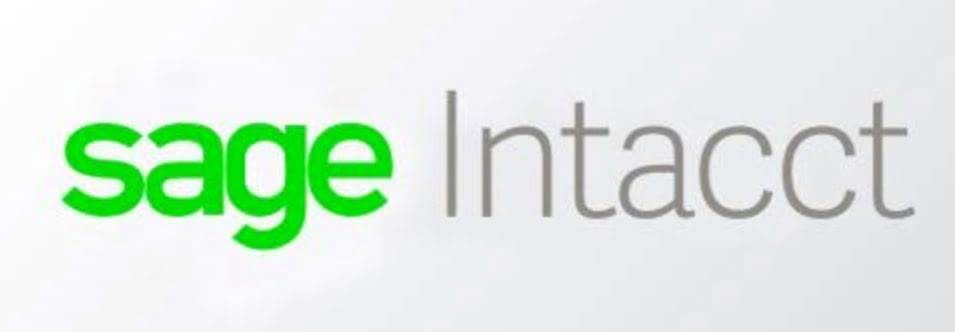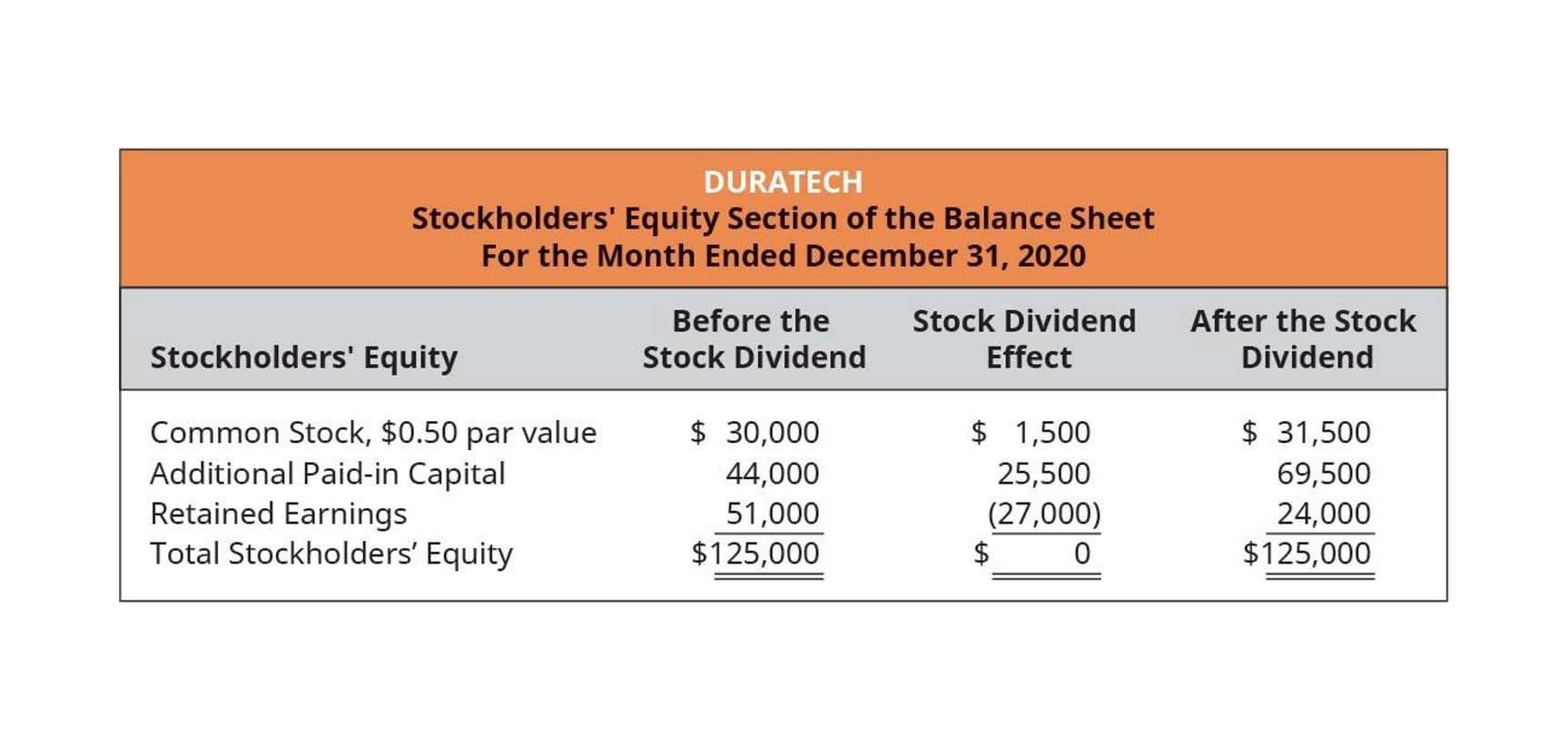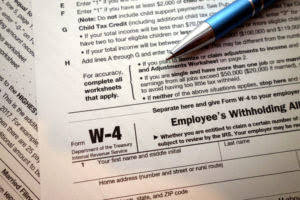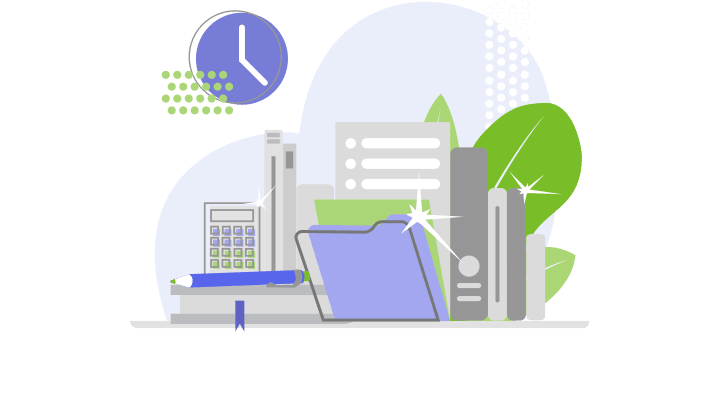Research shows that forgiveness can reduce guilt and shame and thereby reduce the likelihood of relapse. If you or someone you care about is seeking support for substance abuse and addiction challenges, we are here to offer our assistance. Lying often acts as a coping strategy for those dealing with alcoholism. This behavior helps individuals deflect criticism and maintain control.
Lying To Protect Their Addiction
Alcoholism, also known as alcohol use disorder (AUD), is a chronic and progressive disease characterized by a compulsive and uncontrollable desire to consume alcohol. At the heart of this issue is the concept of denial—a key symptom of addiction. Denial allows individuals to escape the emotional pain of their reality, avoid judgment, and continue their behavior without facing the full consequences. Lying serves as a protective mechanism to shield themselves and their loved ones from the harsh realities of their addiction. Alcoholics’ lies can have a significant impact on their lives and the lives of those around them. By lying, alcoholics may be able to avoid the consequences of their drinking in the short-term, but in the long-term, the lies can only make their situation worse.
“Why Do I Lie When I Drink?”: Understanding Why Alcoholics Lie
Understanding the reasons behind the lying is crucial for both the person struggling with alcoholism and their loved ones. It offers a compassionate view of behavior often met with anger and betrayal. This understanding can also be the foundation upon which trust is slowly rebuilt, making the journey toward recovery a collective endeavor rather than a solitary struggle.
Avoiding Consequences and Judgment
Because of this, alcoholics will make an effort to conceal or pass off their illness as something else. If your loved one lies, it may be to cover up their embarrassment or protect them from peer criticism. On the road towards helping a loved one heal from alcoholism it’s important to remove the shame surrounding the use. As trust deteriorates, it becomes increasingly difficult for loved ones to believe the alcoholic’s intentions, apologies, or promises of change. This can lead to feelings of frustration, disappointment, and a sense of betrayal.
Alcohol-related memory deficits potentially serve as early indicators of cognitive decline. This erosion of trust leads not only to emotional distance but also to conflicts and arguments that further damage these relationships. Join our supportive sober community where each day becomes a step towards personal growth and lasting positive change. Self-deception can be defeated only by providing irrefutable facts, which will be voiced by an authoritative person. We can help you or your loved one through the admissions process and begin recovering from addiction. Having a strategy in place while dealing with you is integral to coping with them.
Chronic alcohol use impairs self-awareness, making it difficult for individuals to recognize the full consequences of their actions and deepening their tendency to lie about drinking. Dr. Nora Volkow, director of the National Institute on Drug Abuse, has stated that this pattern often aligns with pathological lying related to alcohol dependency. Key factors like personalized treatment, behavioral therapies, strong support systems, co-occurring disorder care, and aftercare programs significantly impact alcohol rehab success rates. Lying is a prevalent behavior among individuals struggling with alcoholism.
But lying doesn’t prevent a person from experiencing the consequences of heavy drinking; it only delays them. If you cannot stay abstinent from alcohol according to your plan, you might feel ashamed or disgusted with yourself. But if alcohol misuse and unsuccessful attempts to find sobriety continue to be covered up, your sense of shame may deepen. Shame is a common treatment barrier for addiction.5 Transparency about your drinking can help you access recovery resources and learn to externalize shame. Lying is a common symptom of addiction.1 People living with addiction often lie to themselves, their families, or their medical team.
People in denial may also continue to drink despite the negative consequences, and may even deny that they have a drinking problem, even when confronted with evidence to the contrary. These individuals may become offended or enraged if someone suggests they may have a drinking problem. Denial is a defense mechanism for people suffering from addiction, and it is one factor that can keep them from seeking life-saving treatment. People who struggle with alcoholism may lie to avoid the consequences of their actions. By lying, they hope to prevent these outcomes and maintain their current situation.
About Recovery Ranch
They may fear that admitting to their alcohol misuse will lead to arguments with loved ones. By lying, they hope to maintain peace and avoid uncomfortable conversations. Recognizing the dual challenge of alcoholism and mental health, many centers now offer integrated treatment plans. These holistic approaches address both the physical dependency on alcohol and the underlying psychological triggers. When you’re dealing with a loved one’s alcohol misuse, the frequent dishonesty can be as damaging as the addiction itself.
Protecting Relationships and Image
- Understanding the reasons behind the lies can help you to be more understanding and patient with the alcoholic.
- Shame, denial, hiding the extent of the problem, and avoiding confrontation are some of the primary reasons why alcoholics lie.
- Alcohol use can also impair judgement, leading to poor decisions and risky behavior.
- They may go as far as opening other accounts, or not returning to the house.
Understanding the complex behavior of alcoholics, especially their tendency to lie, is crucial in addressing the bigger challenges of alcohol addiction. In this discussion, we discuss why alcoholics often resort to dishonesty, exploring both the psychological motives and the impact this has on their why do alcoholics lie personal and professional lives. Through this blog article, we aim to offer insights and guidance on dealing with these challenges effectively. The Recovery Village Cherry Hill at Cooper provides a full continuum of care, from medical detox and inpatient rehab to aftercare.
- Mental health conditions like depression or anxiety disorders are frequently seen alongside substance abuse problems.
- If it is not there, then sooner or later one of the partners gets tired of lying and begins to look for another life partner.
- Therapy and support are essential components of overcoming lying in alcoholism.
- They may lie to simultaneously maintain their drinking habits and their relationships with loved ones.
- It makes no sense at all that someone would ruin their life, health, and relationships by getting drunk.
- As a result, they may lie in order to cover up mistakes or to make themselves look better.
This distinction is crucial in understanding why those with alcoholism may resort to lying as a coping mechanism. While guilt may motivate individuals to change their behavior, shame can perpetuate a cycle of addiction and dishonesty. Shame, denial, hiding the extent of the problem, and avoiding confrontation are some of the primary reasons why alcoholics lie. It’s essential to understand that addiction is a disease, and alcoholics need help and support to overcome it.
Frequent memory lapses caused by excessive alcohol consumption are a very serious cause for concern. It is important to seek help as soon as possible — cognitive abilities can be restored to some extent as a result of rehabilitation. Cognitive impairment significantly impacts memory and behavior in those with AUD. The National Institute on Alcohol Abuse and Alcoholism (NIAAA) highlights that chronic drinking disrupts the brain’s ability to form and retrieve memories, causing blackouts and lapses. These memory issues contribute to unintentional dishonesty, as individuals may genuinely not recall events.
How Hobbies Help Drug and Alcohol Addicts in Recovery
For example, an alcoholic may lie about where they have been or what they have been doing in order to avoid getting into trouble with their loved ones or the law. Alcohol use can have a significant impact on the brain, leading to cognitive dysfunction that can make it difficult for someone to think clearly and accurately. This can lead to difficulties with memory, which can make it difficult for alcoholics to remember the truth of past events.
Structural stigma in biased healthcare practices and social policies reinforces such dishonesty, pushing people with alcohol addiction to lie as a means of coping and survival. This stigmatization remains a major barrier to seeking and receiving effective treatment. In conclusion, it is undeniable that lying is a major problem among alcoholics, and it can have devastating consequences for their health and relationships.
One of the easiest ways to do this is to lie about the amount of alcohol they actually consume. There are multiple possible reasons for someone with drinking problems to misrepresent their actual level of use. Rather than take part in such heated situations, a person with alcohol use disorder may simply lie in order to avoid them. Inpatient rehab physical therapy duration varies based on individual needs. It includes structured therapy, pain management, and aftercare planning to support a successful recovery. Naturally, family members will do everything they can to prevent their loved ones from drinking.
Self-deception can serve as a mental barrier against the acknowledgment of a problem, thereby enabling continued alcohol abuse. It involves a degree of mental dissociation, where individuals may truly believe their falsehoods, further complicating the path to recovery. The psychological burden of such deception can weigh heavily on an individual. If you live with alcohol addiction, you might be aware that you drink more than you should.4 You may suspect that your drinking habits are unhealthy or even dangerous. But fear and shame may prevent you from asking for help.5 If you find yourself tempted to lie about how much you drink, an addiction specialist can help. At New Breath Recovery, we offer personalized drug and alcohol addiction treatment options tailored to each patient’s unique condition and needs.














